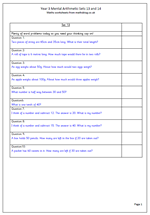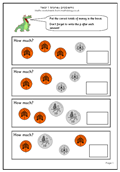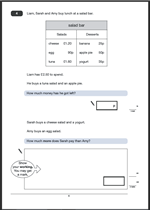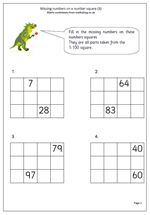 A study of maths achievement in the UK, led by Carol Vorderman, has a number of interesting points to make.
A study of maths achievement in the UK, led by Carol Vorderman, has a number of interesting points to make.
Firstly it claims that there is a systematic failure in the subject, with 300 000 children leaving school at 16 unable to function efficiently with maths in their personal lives or at work. Many pupils leave school unable to complete even the most basic sums needed for everyday life, such as adding up the change in their pocket and calculating household bills.
Secondly, we are around two years behind children in the Far East and are less likely to study maths at a higher level than in most other developed countries.
Thirdly she suggests that all students should study a form of maths up to the age of 18.
Finally and this is a point that I have been arguing for many years, she suggests a new functional maths for 14-16 year olds who struggle with maths. Rather than take the old GCSE they should study maths which will be useful to them in the real world, such as percentages and fractions.
Other recommendations include:
1. Rebranding maths as a “subject of critical importance” to ensure it is given higher status to other disciplines.
2. Encouraging the use of maths in other primary school subjects to ensure adding, subtracting and dividing becomes part of a “daily routine” for all children from the age of five.
3. Offering parents crash courses in the subject at school amid claims too many adults have a “fear of mathematics”.
4. Creating new syllabuses spanning the last year of primary school and start of secondary education to overcome the dip in performance between the two key stages.
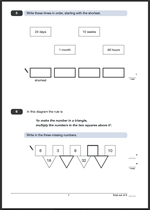 Here are the latest questions and answers taken from the Maths SAT Paper A 2010.
Here are the latest questions and answers taken from the Maths SAT Paper A 2010.